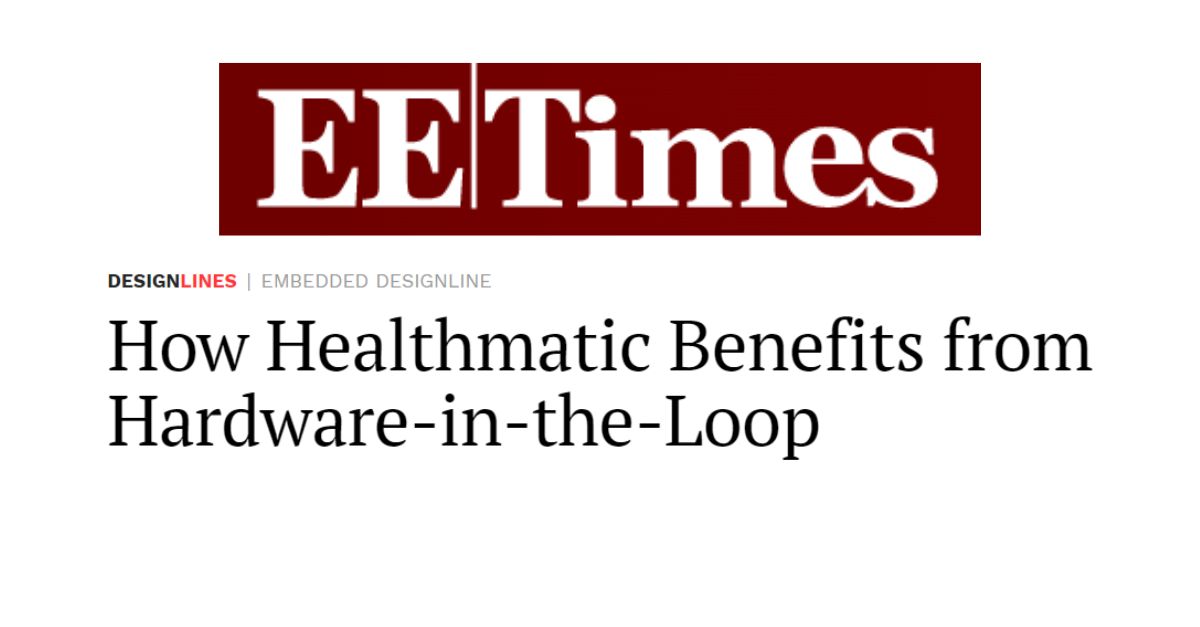For OEMs to compete in global markets, product quality is of paramount importance. Products must be reliable and function as intended in all countries in which they are to be sold.
To this end, many mid-price, high-volume products for commercial applications — IoT devices are a good example — must meet the quality expectations of products intended for use in safety-critical applications. Granted, they don’t need to satisfy the requirements of, say, DO-254, but my point is this: Thorough verification is important, and detailed documentation is needed for traceability purposes.
But there’s a problem: Most mid-price commercial products are developed by SMEs. They don’t have the resources of an OEM of high-value, low-volume products for safety-critical applications.
Embedded systems engineers developing products for commercial markets work in small teams, and the pressure is ever present to meet time- and volume-to-market goals. Software developed on a PC will be verified using software-in-the-loop (simulations, testbenches, etc.). Then a few prototype PCBs will be made.
These boards will be tested as thoroughly as possible, as it will be the first time that software meets real hardware. There will undoubtedly be some real-world issues like latency to address, and there is likely to be at least one more hardware spin.
Seldom done, however, is the verification of the product’s hardware and software in the environments in which they are to operate. In sectors like aerospace, safety-critical avionic equipment is verified using hardware-in-the-loop (HIL) and connecting the design under test (DUT) to sensors, motors and actuators on an iron bird.
Read the full article here

